The Rocky Mountains in Colorado offer mesmerizing landscapes, spanning 3,000 miles with peaks exceeding 11,000 feet. Discover fascinating facts about Rocky Mountains, a magnet for adventure seekers and nature enthusiasts.
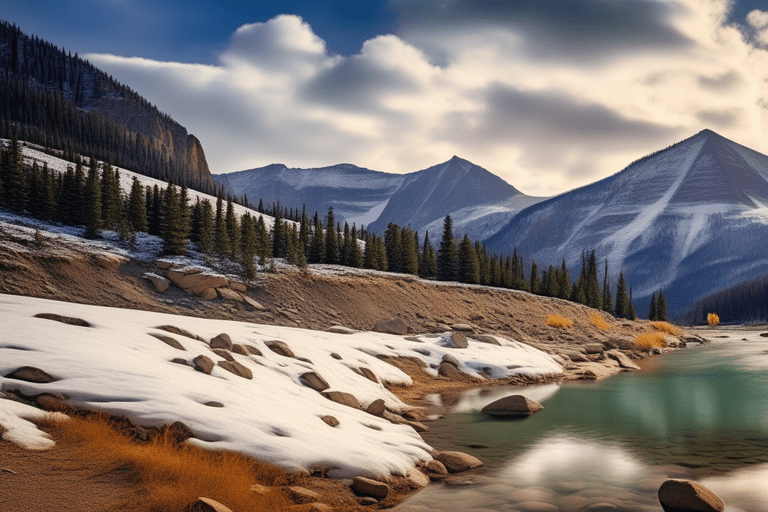
These mountains aren’t just tall; they’re a home to many animals and plants. There are more than 100 peaks here, and they’ve been shaped by things like glaciers and rivers for millions of years. People come here to see amazing wildlife and explore the beautiful valleys, lakes, and forests.
The Rocky Mountains tell a story of the Earth’s history. Over a long time, things like glaciers and rivers made these mountains. They hold secrets in their layers, showing how the Earth changed. From valleys made by glaciers to forests and lakes, each part of these mountains has its own story waiting to be discovered.
Quick Fun Facts About Rocky Mountains
- The Rockies span 3,000 miles from Canada to New Mexico.
- Mount Elbert in Colorado is the highest peak in the Rockies.
- Over 100 peaks exceed 11,000 feet in elevation.
- Longs Peak stands at 14,259 feet, a popular climbing destination.
- The Rockies are home to diverse wildlife like elk, bears, and bighorn sheep.
- Glacial activity shaped many valleys and lakes in the range.
- The Continental Divide runs through the Rockies.
- Trail Ridge Road is the highest continuous highway in the US.
- Rocky Mountain National Park protects a vast part of the range.
- The Colorado River begins in the Rockies.
- The Rockies have over 1,000 different wildflower species.
- They feature numerous alpine lakes with crystal-clear waters.
- Fall foliage in the Rockies is a stunning display of colors.
- The range offers excellent skiing and snowboarding opportunities.
- The Rockies boast unique geological formations like canyons and arches.
- Some areas of the Rockies are home to ancient fossil beds.
- The Rockies contain multiple hot springs attracting visitors.
- The range has a rich history of Native American cultures.
- The Rockies are a hiker’s paradise with hundreds of trails.
- This mountain range is famous for its breathtaking sunsets.
- Some peaks in the Rockies are visible from 100 miles away.
- Rocky Mountain bighorn sheep thrive in these mountains.
- The Rockies offer outstanding opportunities for wildlife photography.
- There are numerous caves and caverns waiting to be explored.
- They feature a mix of ecosystems from forests to alpine tundra.
- The Rockies are a vital source of freshwater for surrounding areas.
- Visitors can experience diverse climates within the range.
- The mountain range offers remarkable stargazing opportunities.
- They are a popular spot for outdoor adventures like rafting and rock climbing.
Also Read this: 50 Incredible Facts About the Colorado River
Cool Facts About Rocky Mountains
- Hidden Treasures: The Rockies hold pockets of hidden treasures, including rare gemstones like aquamarines, topaz, and quartz crystals, making them a paradise for gem hunters and collectors.
- Mysterious Disappearances: The Rocky Mountains are known for unusual vanishings and mysterious stories. The region, particularly areas like the “Bridal Veil Falls” in Colorado, has been a site of puzzling disappearances, sparking various legends and mysteries.
- Ancient Pictographs and Petroglyphs: Scattered throughout the Rockies are ancient rock art, including intricate pictographs and petroglyphs left behind by Native American tribes, offering a glimpse into their rich cultural heritage and spiritual practices.
Also Read this: 25 Astonishing Fun Facts About University of Colorado
Establishment and History
Rocky Mountain National Park was established on January 26, 1915, encompassing 415 square miles of pristine wilderness. Recognized as a UNESCO Biosphere Reserve in 1976, its history spans decades of conservation and preservation efforts.
Iconic Peaks
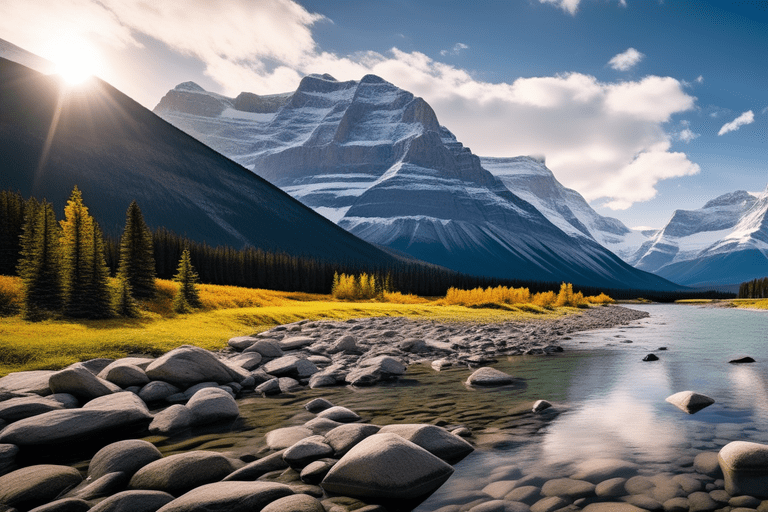
Featuring over 100 peaks surpassing 11,000 feet, including the famous Longs Peak towering at 14,259 feet, these peaks attract adventurers and climbers from around the world seeking breathtaking vistas and challenging ascents.
Ecosystem Diversity
From alpine tundra to subalpine forests and lush meadows, the park hosts diverse ecosystems supporting a rich array of flora and fauna. This variety creates a unique and vibrant natural environment.
Trail Ridge Road
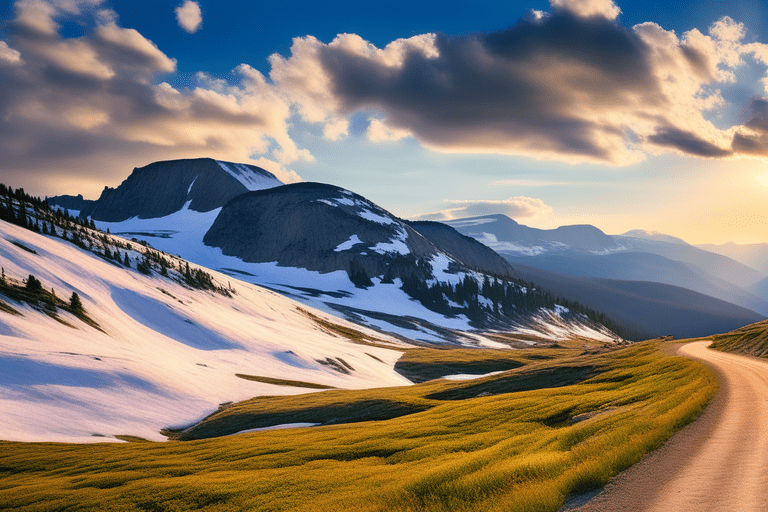
The acclaimed Trail Ridge Road stretches 48 miles through the park, reaching elevations of 12,183 feet. It’s not only a scenic drive but also an engineering marvel, offering sweeping views of the Rocky Mountains.
Wildlife Haven
Home to a plethora of wildlife species such as elk, mule deer, moose, black bears, bighorn sheep, and numerous bird species, the park provides unparalleled opportunities for wildlife enthusiasts and photographers.
Glacial Features
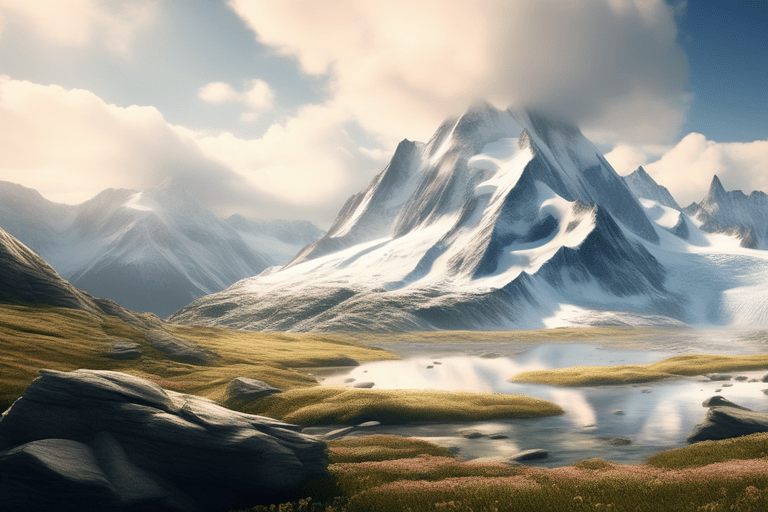
Evidence of its glacial past is visible throughout the park, showcasing U-shaped valleys, cirques, and moraines, educating visitors about its geological history.
Alpine Tundra
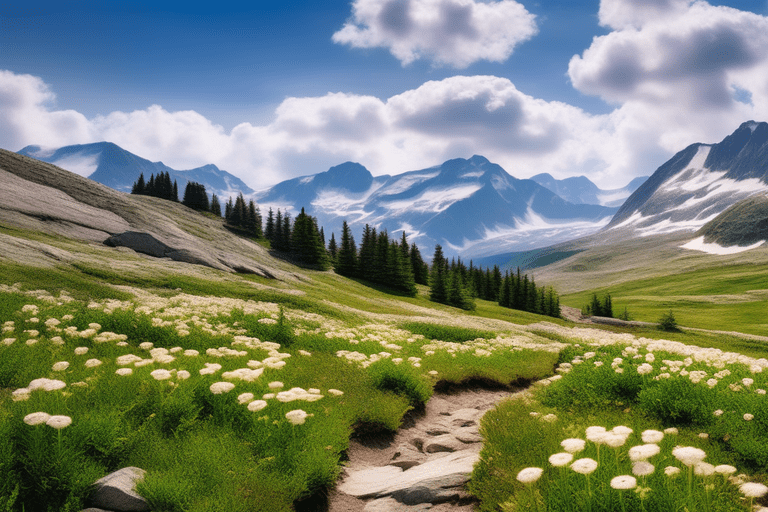
Above the tree line lies the fragile alpine tundra, home to unique plant life adapted to extreme conditions, offering visitors a glimpse into a harsh yet beautiful environment.
Colorado River Origin
The headwaters of the Colorado River start within the park, meandering through the picturesque Kawuneeche Valley, shaping the landscape as it flows.
Trail Network
With an extensive network of over 350 miles of trails, the park caters to all hiking enthusiasts, offering trails of varying difficulty levels that lead to stunning viewpoints and encounters with wildlife.
Unique Rock Formations
Visitors can marvel at distinctive rock formations such as the Lumpy Ridge and the majestic granite cliffs of the Twin Owls, showcasing the park’s geological diversity.
Summer Wildflowers
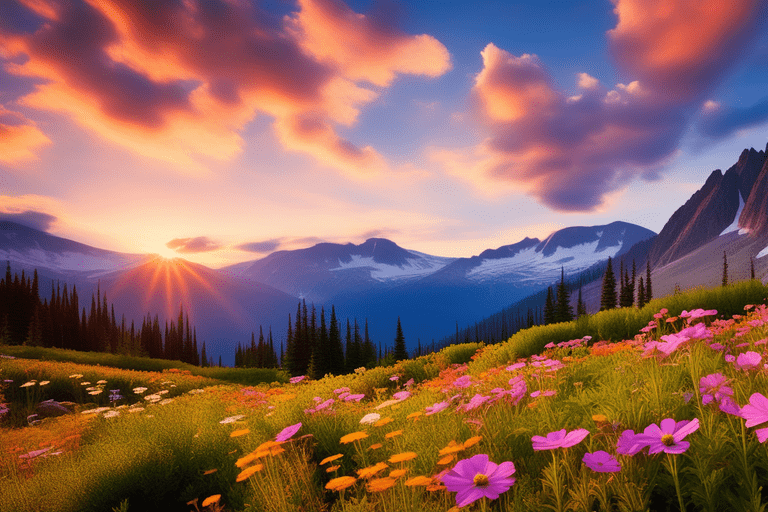
During the summer months, the park blooms with over 1,000 species of wildflowers, painting the meadows and mountainsides with a vibrant tapestry of colors.
Fall Foliage
Autumn transforms the park into a canvas of golden hues as the aspen trees change color, creating a spectacular display cherished by visitors.
Old Fall River Road
The historic Old Fall River Road, a scenic one-way dirt road, provides a picturesque drive with winding curves and panoramic vistas, offering a unique perspective of the park.
Stargazing Paradise
Minimal light pollution in the park allows for exceptional stargazing opportunities, allowing visitors to witness the wonders of the night sky.
Bear Lake
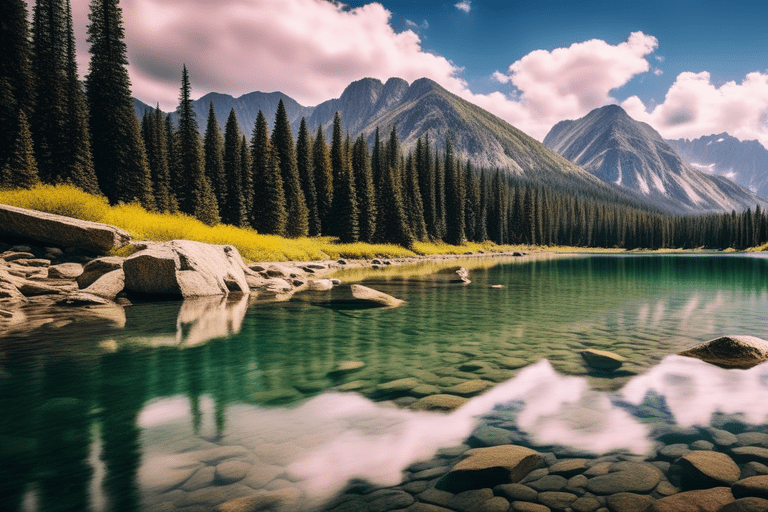
One of the most visited spots, Bear Lake offers tranquil reflections of surrounding peaks and serves as a gateway to various hiking trails, appealing to nature lovers and photographers alike.
Camping Opportunities
Multiple campgrounds within the park offer visitors the chance to immerse themselves in the beauty of the Rockies. From developed campgrounds to backcountry sites, camping enthusiasts can experience the park’s tranquility under the stars.
Winter Wonderland
During winter, the park transforms into a snow-covered wonderland, attracting visitors for activities like snowshoeing, cross-country skiing, and providing serene snowy landscapes for photography and exploration.
Historic Sites
Explore historic sites like the Holzwarth Historic Site, which showcases early 20th-century homesteads and cabins, providing insight into the park’s human history and settlement.
Climate Variations
Due to its high-altitude location, the park experiences diverse weather patterns, from sunny days to sudden snowstorms, offering an ever-changing and dynamic environment for visitors.
Fire Ecology
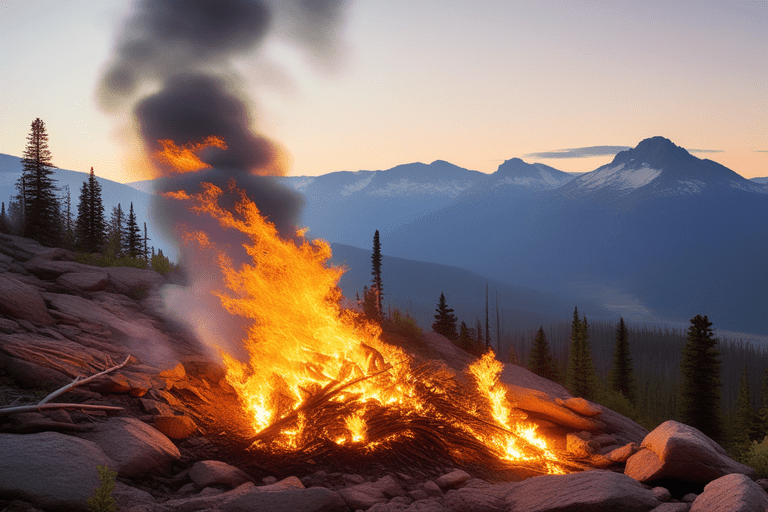
Fire plays a crucial role in the park’s ecosystem. Controlled burns help maintain its health and diversity, demonstrating the intricate balance of nature’s processes.
Wilderness Areas
Designated wilderness areas within Rocky Mountain National Park provide a pristine and untouched natural environment, allowing visitors to experience raw and unspoiled landscapes.
Scientific Research
Ongoing scientific research within the park focuses on crucial aspects such as climate change. Wildlife conservation, ecosystem management and contributing to our understanding of environmental challenges.
Visitor Centers
Informative visitor centers offer educational exhibits, guided tours, and programs about the park’s natural and cultural heritage, enriching visitors’ experiences and knowledge.
Photographer’s Paradise
Photographers are drawn to the park’s stunning vistas, diverse wildlife, and changing seasons, providing endless opportunities to capture the beauty of nature through their lens.
Outdoor Recreation
Beyond hiking, the park offers a plethora of outdoor activities like fishing, horseback riding, rock climbing, and wildlife viewing, catering to adventurers of all interests.
Park Conservation Efforts
Dedicated efforts ensure the protection of the park’s natural resources, habitats, and wildlife, advocating for conservation practices and sustainable management.
Accessibility
Various accessibility features are in place to ensure that people of all abilities can experience and enjoy the park’s beauty and attractions, promoting inclusivity and equal access.
Inspiration and Conservation
Rocky Mountain National Park inspires visitors with its awe-inspiring beauty, fostering a deeper appreciation for nature and encouraging conservation efforts worldwide.
FAQ’s
Mount Elbert in Colorado holds the distinction of being the highest peak in the Rocky Mountains, standing at an elevation of 14,440 feet (4,401 meters) above sea level.
The Rocky Mountains span across or pass through the states of Montana, Idaho, Wyoming, Colorado, Utah, and New Mexico.
The Rocky Mountains are home to diverse wildlife, including elk, bears (black bears and grizzly bears), bighorn sheep, mountain lions, moose, deer, wolves, and numerous bird species like eagles and hawks.
The Continental Divide in the Rockies is a significant geological feature. It’s a ridge where water flows either westward to the Pacific Ocean or eastward to the Atlantic Ocean. It stretches along the crest of the Rockies, marking the separation of watersheds.
Trail Ridge Road is a scenic highway in Rocky Mountain National Park, Colorado. Famous for being the highest continuous paved road in the United States, it offers breathtaking views and reaches an elevation of 12,183 feet (3,713 meters), providing access to diverse ecosystems and stunning landscapes.